They may not be as well-known as the superstars of the sky, but these easy-to-observe suns are far from second-rate.
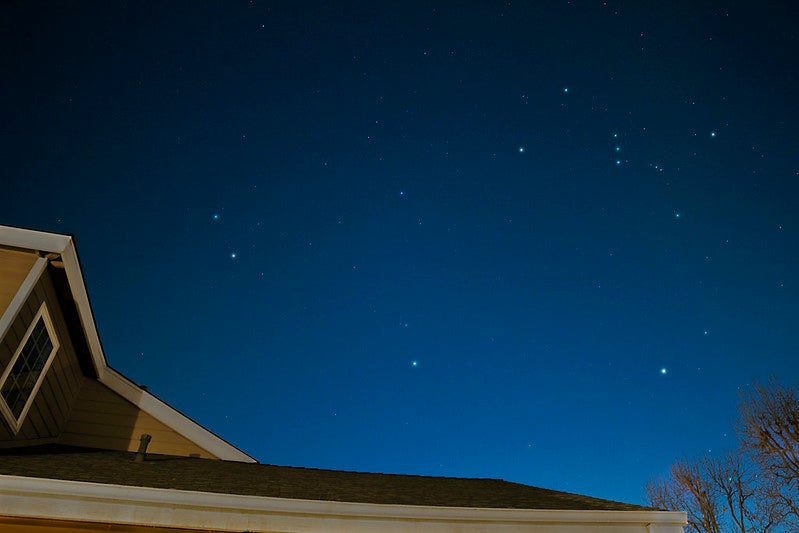
The winter constellations of Orion, Gemini, and Canis Major are particularly famous, but don't overlook Canis Minor and its brightest star, Procyon, just above the ceiling in the center of this image. Credit: Preston Dyches (Flickr, CC BY-NC 2.0)
There are plenty of dazzling stars in the Hollywood of the heavens, astronomical A-listers whom all sky-gazers fawn over. But for every celestial Taylor Swift, Beyoncé or Tom Cruise, there are hundreds, if not thousands, of other, lesser-known stars. These second-rate suns may not have their own fan clubs or groupies, but, like all good students, they are equally fascinating in their own right.
We've picked five of these stars to bring out from behind the scenes and into the spotlight. They may not be as popular as their cosmic Kardashian neighbours Sirius, Regulus and Polaris, but they deserve to be on any must-see list, not overlooked as we stroll through the sky on a clear night.
So here are the five almost famous ones.
Procyon
Shining at an impressive magnitude of 0.4, Procyon is the brightest star in the constellation Canis Minor and the eighth brightest star in the sky. If it were located anywhere else in the sky, it would certainly be one of its superstars. Unfortunately, one of its closest neighbors is Sirius, he The brightest star in the sky, and the stunning constellation of Orion (with the strikingly bright stars Betelgeuse and Rigel shining in opposite corners) is also just a stone’s throw away. So Procyon is often overlooked. In fact, it’s a fascinating binary star just 11.4 light-years away, comprising a white F5-class star orbited by a white dwarf companion. Get out and observe Procyon while you can, because its time is measured: in another 10 million to 100 million years, it will reach the end of its life by swelling into a red giant star before fading away.

Denebola
The sphinx-shaped constellation of Leo is one of the most distinctive in the sky. Its brightest star, magnitude 1.4 Regulus, shines at the end of the handle of the famous sickle-shaped asterism and is the 21st brightest star in the sky. But if you can look away from jewel-like Regulus and toward the other end of Leo, shining at the tip of the big cat’s tail, you’ll find Denebola. At magnitude 2.1, it’s fainter than Regulus, but this white main sequence star, just 36 light-years from Earth, is 12 times more luminous than our own Sun. Because it lies so close to the ecliptic, Denebola is often accompanied in the sky by a bright planet or the Moon, so astrophotographers frequently photograph it.
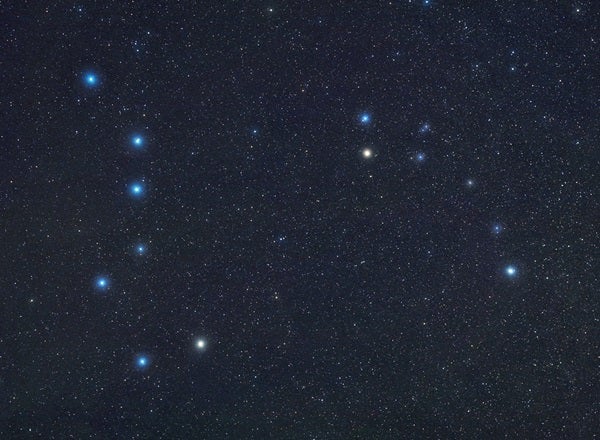
Cochab
We can’t help but feel sorry for poor Kochab. Shining in the Little Dipper at magnitude 2.1, it is the 58th brightest star in the sky. Although it is easily visible to the naked eye even from the heart of light-polluted cities, it lives in the shadow of the most famous star in the entire sky: Polaris, the North Star. Polaris and Kochab are nearly equal in brightness, but Kochab has been relegated to a star that people pass by on their way to it – or worse, mistake for it. for — Polaris when you’re aligning your telescope or motorized star tracker. Which is a shame, because Kochab is a fascinating orange giant star 50 times the size of our own Sun and 500 times more luminous. So, next time you’re aligning your telescope or mount for astrophotography, take a good look at Kochab. It deserves it!
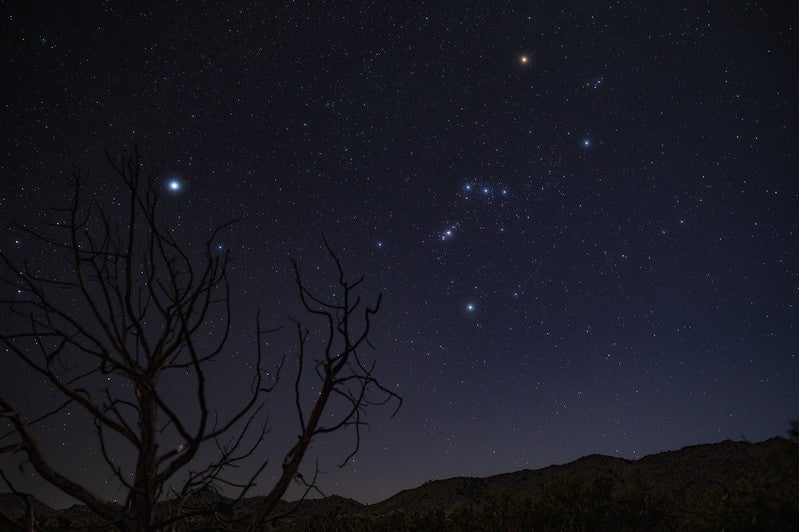
Saiph
With bright reddish Betelgeuse and even brighter sapphire-colored Rigel, plus a belt of three ice-chunk stars tied tightly around its waist, Orion is a stunning constellation and one of the first star patterns that novice stargazers look for and recognize. At magnitude 2.1, the faintest star in the famous Hunter’s outline, Saiph rarely gets more than a brief glimpse. But that’s wildly unfair, because it’s a fascinating, distant sun. Saiph is a truly massive star, a B1-class supergiant about 15 to 20 times the size of our Sun and about 60,000 times more luminous. It’s only so faint in our sky because it’s 650 light-years away, so its bright light is dimmed.
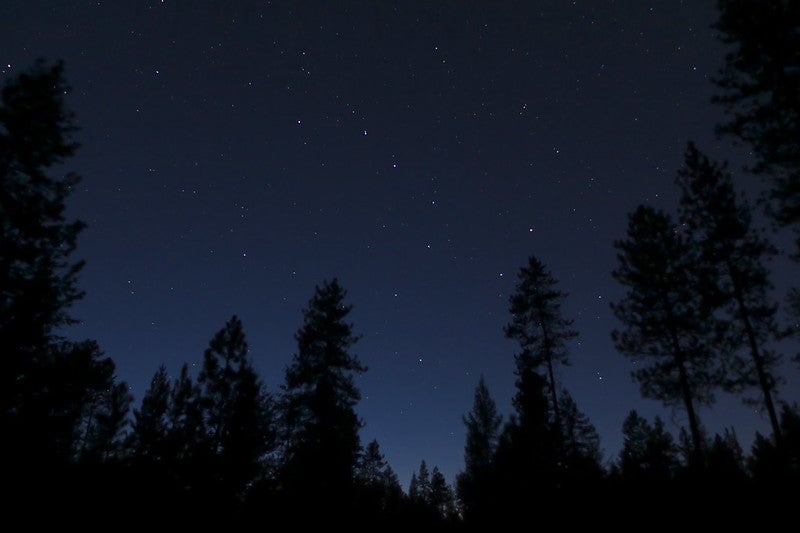
Warden
Forming part of the constellation of Ursa Major, the asterism known by some as the Great Bear and by others as Big Dipper It is probably the most famous star pattern in the entire sky. Its two most famous members, Dubhe and Merak, which feature prominently, are known as the pointer stars because they point the way to Polaris, the North Star. Overshadowed by this pair of celebrities, shining at the opposite end of the Big Dipper, at the end of its curved handle, is magnitude 1.9 Alkaid, the 40th brightest star in the night sky. Alkaid is perhaps best known for being the last star that starhoppers pass as they leap across the Big Dipper’s curved tail and “follow the arc to Arcturus.” But it is much more than that. It is a young blue and white main sequence star.700 times more luminous than our own Sun, but more importantly, it's an impostor. Although it's among them, Alkaid is not a member of the Ursa Major Moving Group, the small cluster of stars that makes up most of the Big Dipper in our sky. It simply lies in the same direction as it is seen from Earth, but it's moving in a totally different direction. So in distant future years, Alkaid will move away from the Big Dipper, distorting and eventually ruining its shape.
Related: Within the Ursa Major moving group








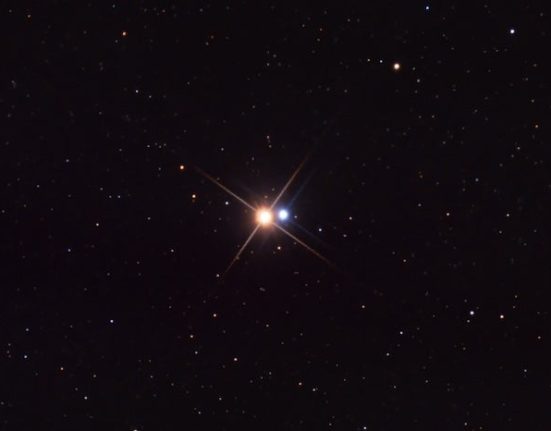
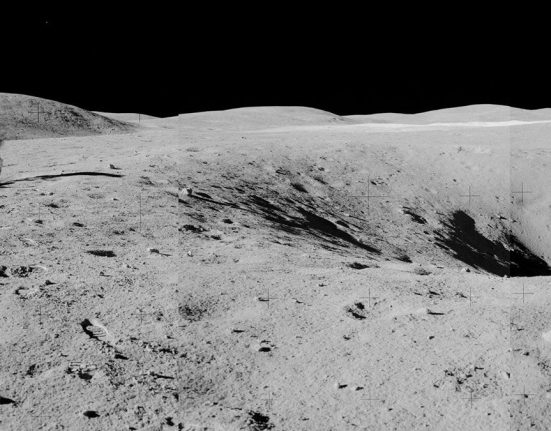
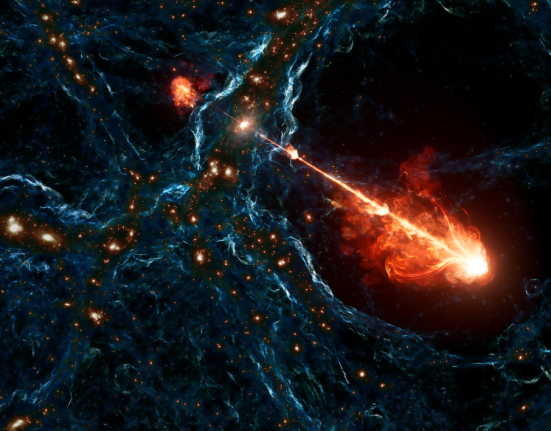
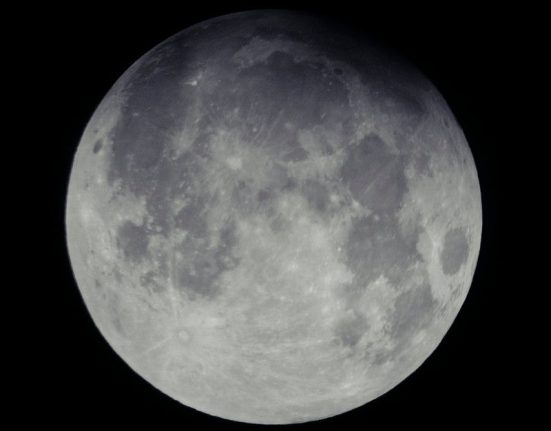

Leave feedback about this